Print on Demand has become one of the most used methods for those who want to start a new business with the pandemic.
There are thousands of stores selling on platforms such as Amazon, Etsy, Ebay, Redbubble or Shopify with the print on demand method. With print on demand systems, store owners can transfer some of the costs of shopping to intermediary companies that provide this service such as Printful and Printify. In this way, stores reduce their risks and continue to serve their customers.
From 2017 to 2020, the print-on-demand apparel sector grew at an annual growth rate of 12%, according to ComCap data. According to Grand View Research, this growth rate is estimated to reach 24.7% by 2030.
Until today, “Fast Fashion”, i.e. mass production with less cost, expected customers to adopt a disposable approach in clothes. Due to this insatiable attitude, the fashion industry is today known as the second most polluting industry in the world after the oil industry.
Print on Demand, as the name suggests, only offers the product to the market in line with the customer’s demand. For this reason, the fashion industry, which already has ecological concerns, is already talking about shifting to this production model in the future. Rising energy costs have also increased the costs of logistics systems. In the print-on-demand system, these costs are reduced thanks to the production logic close to the customer.
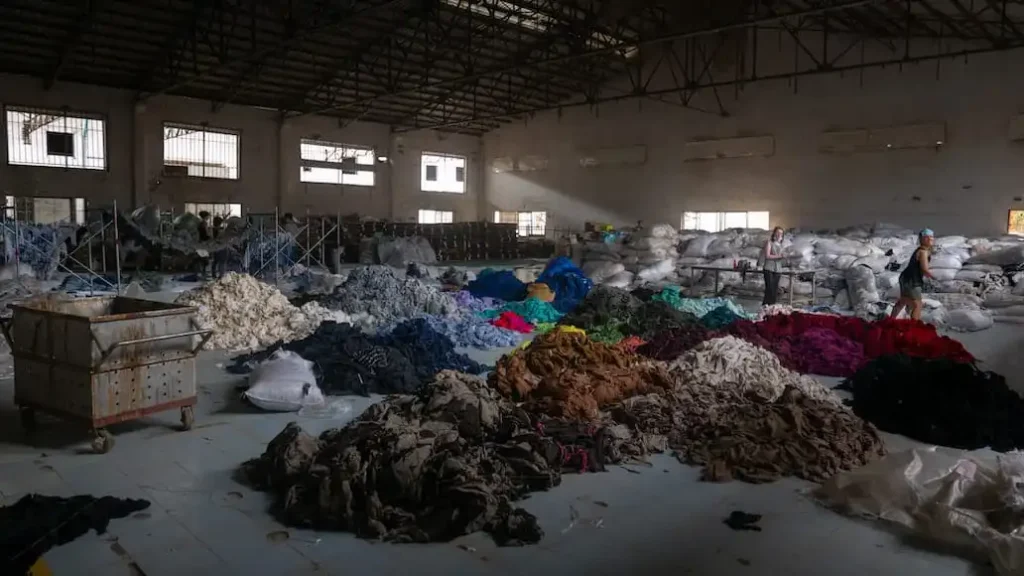
What is Print on Demand?
Print on demand is a method usually used by stores that sell printed products on marketplaces such as Amazon, Etsy, Shopify. You make a design and request it to be printed on some kind of product. These prints can be applied to t-shirts, sweetshirts, hats, cups, glasses, posters, pillowcases, metal water bottles and even shower curtains.
Companies like Printiful can print on 300 different products. After you make your design and upload the product to your store, the rest of the work is taken care of by the company you have contracted for you. From this point of view, print on demand can be classified as a source of passive income.
What is the difference between PoD and Dropshipping?
Print on Demand system works in a similar way to Dropshipping.
To explain briefly, the system works like this;
- The customer orders your product from your store.
- The information of the purchased product is sent to your print on demand provider.
- After your print on demand service provider produces the product, it ships it to the customer.
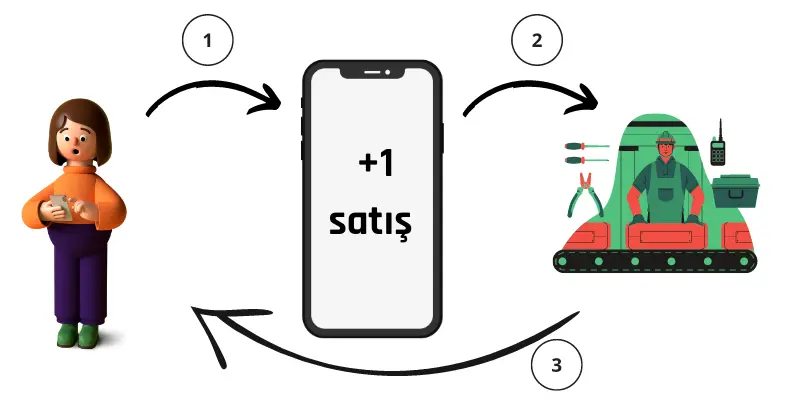
In this way, we can say that it is a similar way of selling with dropshipping. Just like in dropshipping, you don’t need to keep any inventory. This saves you a lot of financial burden. In addition, packaging and shipping are handled by the companies you have agreed for you, just like in dropshipping. In this way, you will also save time.
But there are many ways in which print on demand differs from dropshipping.
Perhaps the most important of these is that in Print on Demand, the design and distinctive features of the product are under the control of the store owner. Dropshippers are merely intermediaries, trying to bring the manufacturer’s products to the customer through their own channels.
Print on Demand products are customizable. Customizable products are very popular recently. According to a study conducted by Deloitte in 2015, 50% of customers think that customizable products are very suitable for gifting. However, 81% of customers are willing to pay more for a personalized t-shirt. From this point of view, the customizable feature of print on demand products is an important plus in the eyes of the customer. In dropshipping, personalization is not possible.
However, in dropshipping, the products are ready. They are ready in a warehouse. They wait ready for an order from you and are shipped to the customer when the order arrives. In Print on Demand, there is a certain printing time. The printing time, which can extend from 1 day to 3 days, may cause you to deliver your cargo to your customers later. However, according to research, 36% of customers want to have the opportunity to personalize the products they buy. However, 48% of customers are willing to wait longer for their personalized products.
Advantages of Doing PoD
When you print on demand, you do not keep inventory. This greatly reduces your costs. It also reduces the risk of your business. If your products don’t sell, it’s only your pride that suffers.
You can build a business at a low cost. To set up a store using print on demand, you need some paid software or a subscription to a PoD system. But what you really need is persistence, imagination and talent.
You can offer as many different products as you want. This is where the imagination part comes in. You can use a design on a hat and on a pillowcase. However, you can also make small changes to your design and present it as different products. Making changes in all kinds of variations, from the font to the colors of the words, will help you understand what kind of designs your customers like and you will increase the variety of products in your store.
Packaging and shipping do not belong to you. Both packaging and shipping are jobs that will cause you to spend a lot of time. Especially if you are trying to run things on your own, taking care of these two jobs will save you a lot of time.
Print on Demand products can be personalized. We mentioned that customizable products have become popular recently. You can turn this into an advantage and design products according to customer requests. Even if this costs you more time than other products.
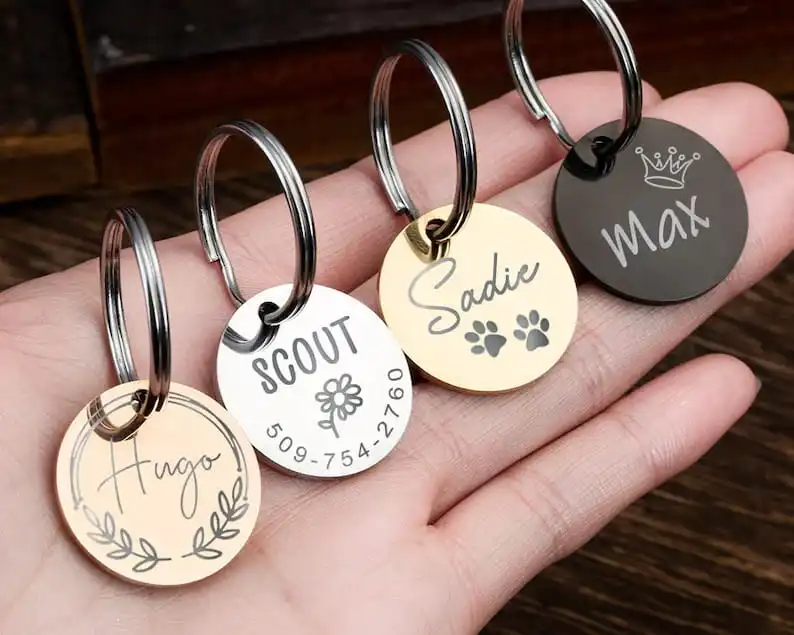
Disadvantages of Doing PoD
Problems out of control may occur in production. At this point, it is useful to work with a really reliable print-on-demand company. Working with companies that will both offer quality products and will not cause difficulties with returns can save you a headache.
No matter how free you are, you are connected to a manufacturer. For this reason, sometimes you may find that the products you sell are out of stock, in which case it is up to you to explain this to your customers.
You can have a longer shipping time than a regular store. It can take several days to print and ship your products. For this reason, to make your customers more patient, you can mention that their orders are tailor-made for them.
You should define the boundaries of your return service policy. Since you are working with a print-on-demand service, the reasons for returns should also apply to the service you are using. Otherwise, you can get caught between the customer and the service provider.
Websites Providing Print on Demand Service
Amazon Merch: It has a feature that almost no other print on demand system has. The costs of a product purchased here are deducted directly from the price of the product and the seller’s commission is deducted. So, you don’t have to define a credit card on Amazon Merch. At the same time, you sell on the most used marketplace in the world. Of course, it goes without saying that competition at this point is extraordinary.
Redbubble: Redbubble does not integrate with any other marketplace. It only provides print on demand service through its own site. For this reason, you can only sell the products you design here on the account you create here. However, Redbubble’s presence on Google Shopping can provide traffic to your products through Google Shopping.
Printful: One of the most preferred print on demand platforms. Both quality products and customer support overshadow the more costly option. Although it does not charge any monthly fee, product prices are one click higher than other options. The company, which produces in American and European locations, has integration with many platforms such as Amazon, Amazon UK, Etsy, Shopify.
Gearbubble: Very similar to Printful, the platform’s biggest difference is that it charges a monthly fee. It also offers more affordable prices per product. However, the biggest difference from the others is that it can also print jewelry products such as necklaces and bracelets.
Other print on demand platforms;
Some of these platforms also charge a monthly fee. They have almost the same quality products.
Print on Demand System Step by Step
Selling products with print on demand is highly preferred due to the many advantages mentioned above. Let’s take a step-by-step look at how print on demand works to better understand this system.
1. First, you prepare a design. This can be a funny text, an abstract image, or a vector graphic. You have many paid or free options to create this image. Some of these are,
- Photoshop
- Photopea
- Inkscape
- Canva
2. You determine the products to which this design will be applied and place it on the product. Some of these products;
- T-shirt
- Hat
- Bag
- Shoe
- Bracelet-Necklace
- Socks
- Pillow Face
- Wall Poster
- Phone Container
- Cup
- Mouse Pad
- Table Mat
- Sticker
- Notebook
- Blanket
many types of products are available on these platforms. However, not every platform includes every product. For example, Gearbubble is preferred for products in the jewelry category, while Teespring may be preferred for t-shirt printing. You can integrate several different platforms into your store. In this way, you will increase your product diversity.
3. Then you download the design on the product as a picture from the site. If you don’t like these images, there are many mock-up sites where you can show your product on different backgrounds. If you don’t want to pay for such a service, you can prepare your own mock-ups with software such as Photoshop. Here are some mock-up sites that can help you;
Make sure that your designs on the mock-up are as visible as possible. For this reason, you can get ahead of other stores by making big designs or focusing on the parts of your product photos where the design is. Remember, your customers are buying the design you sell, not the t-shirt.
Warning: When designing your mock-ups, make sure that the size of your design on the product is the same as the size on the mock-up. If your product photo and the product you send are different, it makes you an unreliable store. You don’t want to be out of touch with your customers.
4. You add products with your designs to your Amazon, Etsy or Shopify store. What you need to do here is to predict what the people who buy the design will search for the product and present the product to the market with the right keywords. With the right SEO work, you can get in front of your customers. Of course, you can share your products on social media such as Instagram and Pinterest to make your products more visible. At this point, doing social media work will give you a great advantage.
5. When the first order comes, if you have automated your system, money will be withdrawn from you without you having to do anything and your product will be printed and shipped to your customer. What you need to keep in mind at this point is that marketplaces will not immediately transfer the money of the goods purchased by the customer to your account. So, make sure you have enough money in your card defined in your print-on-demand platform.
Print on Demand Trends (2022)

Customizable Products
Printiful mentions that they have seen a huge increase in the production of customizable labels in recent years. However, hoodies and hats were also among the best sellers in 2020-2021. Personalization with embroidery on these products increases the purchase rate.
Products Suitable for Post-Pandemic
Sarah Crisp, an e-commerce expert who produces content about Print on Demand and e-commerce on her YouTube channel WholeSale Ted, talks about the importance of group activities in 2022. In the US alone, 2 million weddings have been booked for this year. She states that this is a great opportunity for online stores. Apart from weddings, t-shirts specially produced for group camps and vacations are in high demand by customers this year.
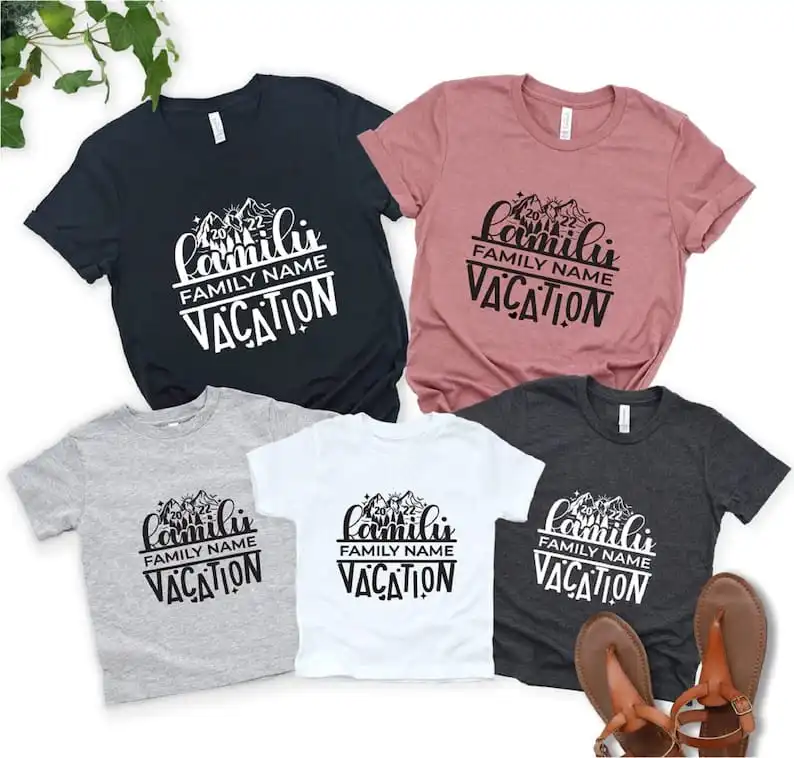
90s and 2000s
According to Brittany Lewis, one of the 1% sellers on Etsy, retro patterns, 90s and 2000s colors are preferred this year. You can get more sales by making more colorful or vibrant designs instead of white fonts on black.
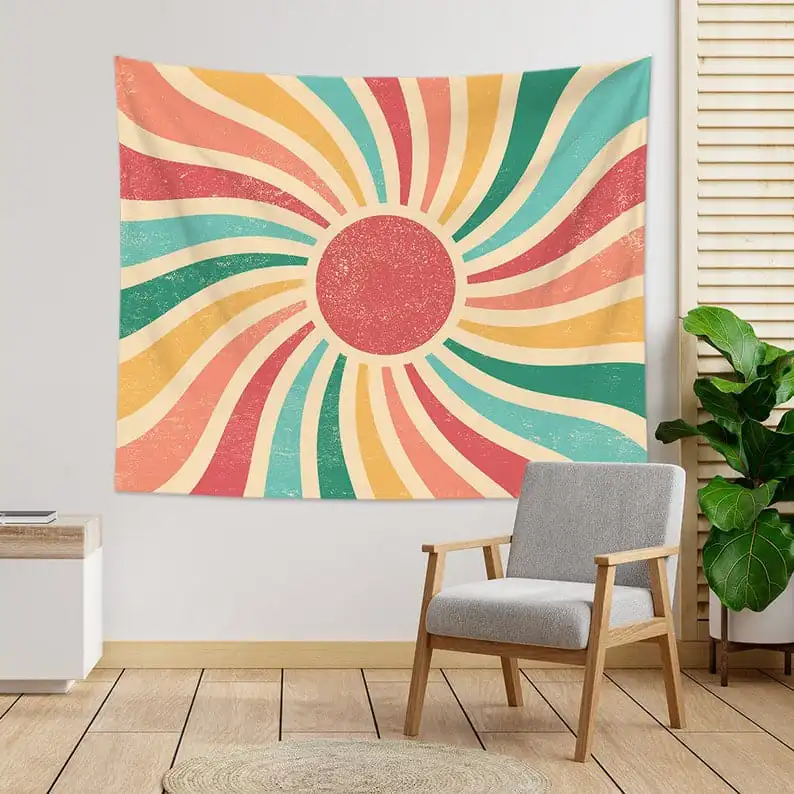
Ecology and Social Activism
In 2021, a study conducted by Statista examined consumers’ attitudes towards sustainable products. Accordingly, 27% of the respondents stated that they tried at least 1 product for ecological reasons in the last 12 months. 25% of the respondents stated that they will spend more on sustainable fashion in 2021.
Aware of this approach, print on demand platforms have made their products suitable for eco-packaging. In addition, they started to produce their products from biodegradable materials. In addition to products that are more respectful to nature, it can be said that social activism stands out in designs. With the year 2020, the pandemic, fires, and various disasters we have been through have created the need for people to at least react to this issue. For 2022, it is seen that such designs are concentrated on T-shirts, bags and hats.
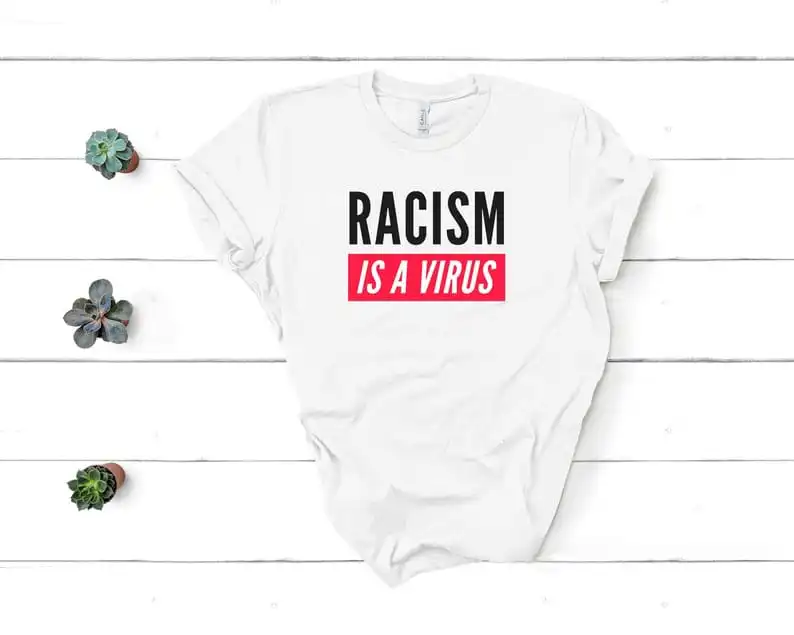
Last Words
If Print on Demand seems like a logical option for setting up your store in 2022, there are a few things we should point out. It is very important for the fate of your store that you do not infringe copyright in your design. This could result in a headache from the copyright holder, or your store could be shut down if you’re selling on a marketplace. There are many sites where you can check copyrights on Google. It is useful to question the content in your head before making each design.
You can contact us for more information.
This article was translated from Turkish by deepl.com. For original content, please click here.

